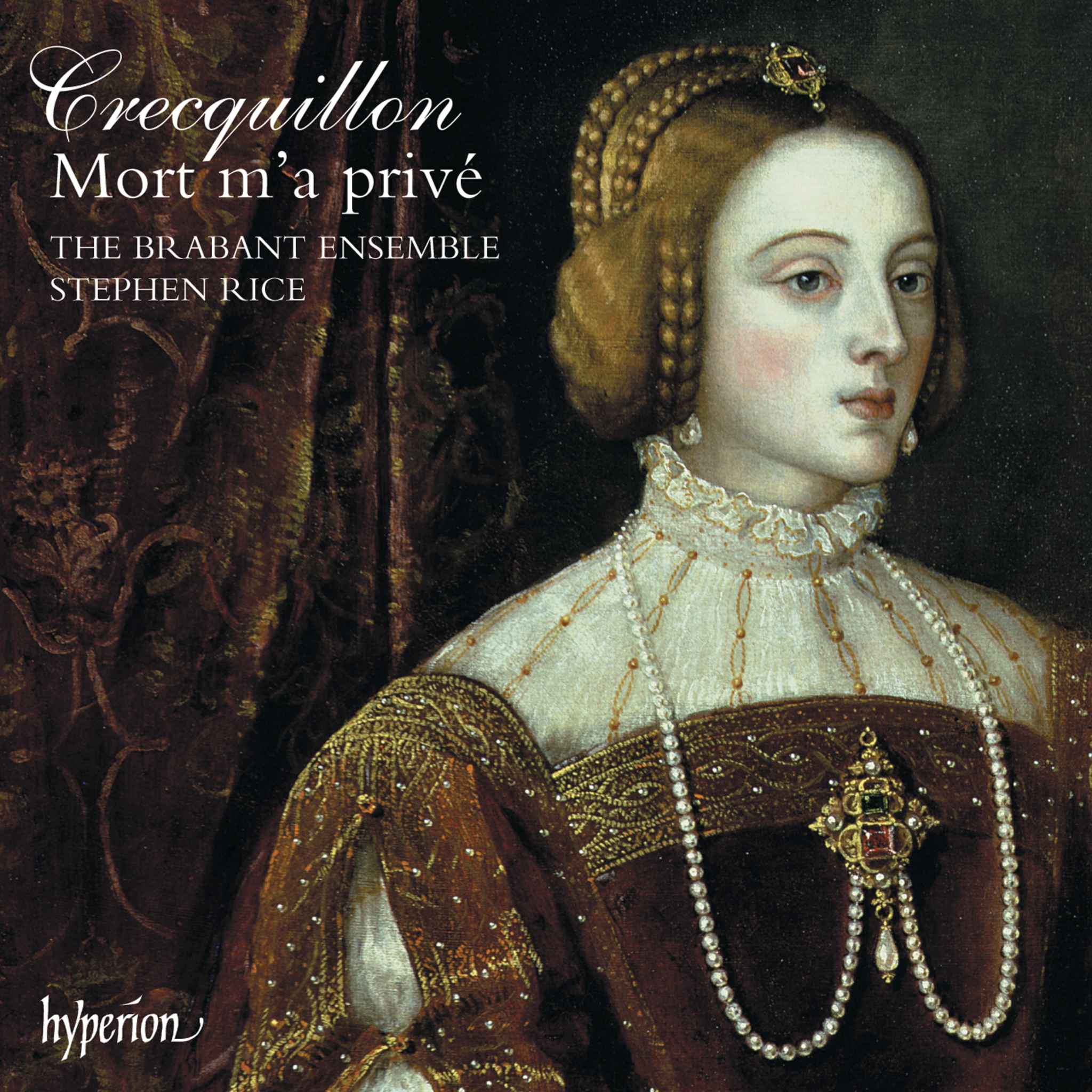Album insights
Im umfangreichen Werkkatalog von Carl Maria von Weber, der insgesamt 308 Einträge im thematischen Katalog von F.W. Jähns umfasst, finden sich lediglich drei Kammermusikwerke. Obwohl Weber in der Zeit von Haydn, Beethoven und Schubert lebte, komponierte er nie ein Streichquartett und plante auch nicht, eines zu schreiben. Seine Kammermusik zeichnet sich durch virtuose Elemente aus, die das Publikum in neuartige emotionale Sphären führen sollten. Weber zeigte eine besondere Vorliebe für harmonische und klangliche Erneuerungen sowie technische Virtuosität. Im Jahr 1807 nahm Weber seine Tätigkeit als geheimer Sekretär des Herzogs Ludwig von Württemberg in Stuttgart auf. Seine Kompositionsmethode bestand darin, zunächst langsame Sätze zu verfassen und später den finalen Satz hinzuzufügen. Dabei legte er besonderen Wert auf Virtuosität sowie innovative harmonische und klangliche Konzepte. Unerwartete thematische Wendungen und einzigartige Melodien waren charakteristisch für seine Werke. Das Klavierquartett in B-Dur vollendete er im Jahr 1809. Weber begann 1811 mit der Komposition des Quartetts für Klarinette und Klavier, das er für Heinrich Baermann schrieb. Dieses Werk spiegelt sowohl Baermanns Spieltechnik als auch die Möglichkeiten seines neuen Instruments wider. Der Komponist investierte viel schöpferische Kraft, um passende Musik für Baermanns Klarinette zu entwickeln, die sowohl den Interpreten als auch die Zuhörer herausforderte. In Hosterwitz vollendete Weber 1819 sein Trio für Flöte, Violoncello und Klavier. Der erste Satz demonstriert Webers persönliche Interpretation der Sonatenform. Das Scherzo besticht durch kontrastierende Elemente und dynamische Themen. Das von Goethes Gedicht "Schäfers Klage" inspirierte Andante zeigt Webers Fähigkeit zur melodischen Intensivierung. Der vielschichtige Finalsatz offenbart Webers romantisches Genie durch seine kreative Vielfalt und musikalische Innovation.







